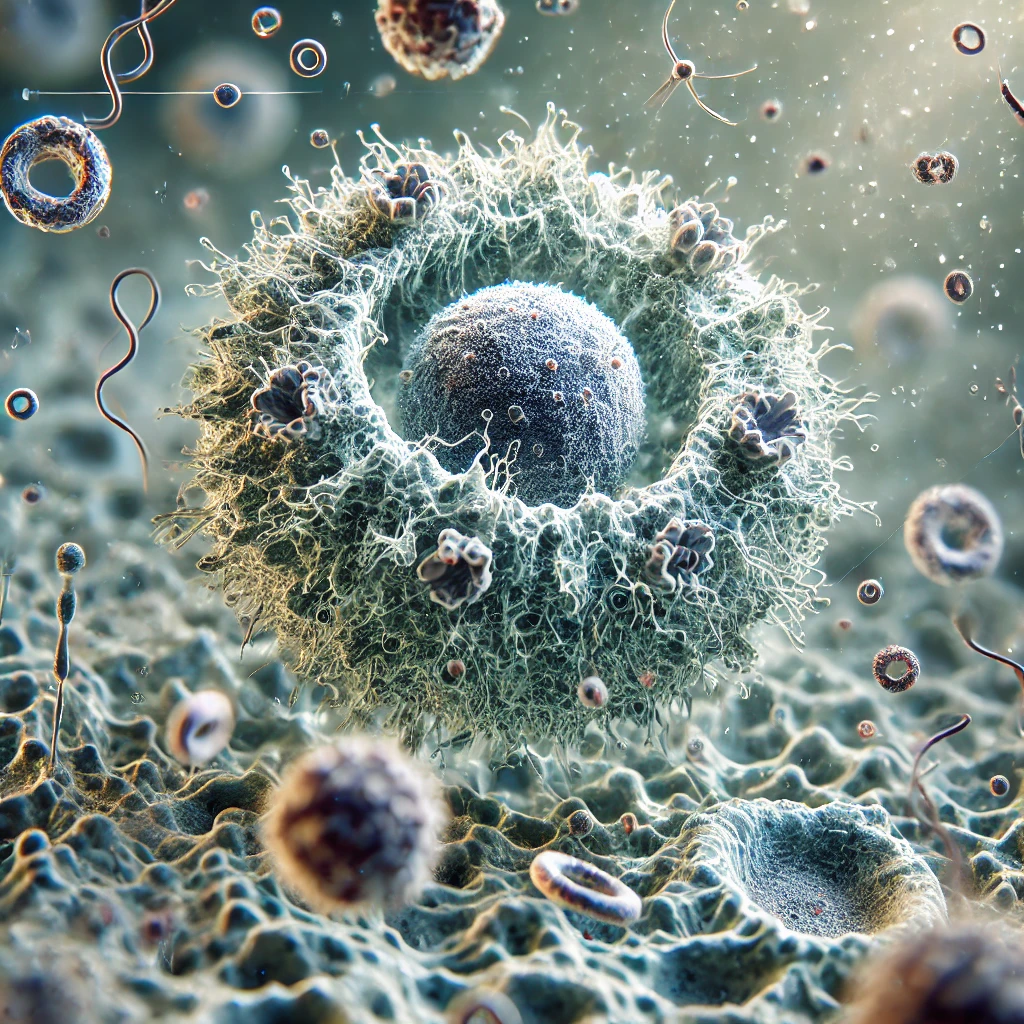
Members










About
The team's research program aims to decipher the molecular mechanisms of T cell activation, a central process in adaptive immunity. To achieve this, it adopts a systemic and interdisciplinary approach combining biophysics, biophotonics, proteomics, and genetic engineering to explore signaling dynamics, from the nanoscale to the whole-organism scale. The goal is to understand how early signals influence short- and medium-term cellular decisions, and thus improve the rational design of immunotherapies.
Our program is structured around three main axes.
A. Biophysics of transmembrane signaling (Leaders: HT He & Y Hamon)
- Membrane physicochemistry and signalosome formation. During the interaction between the TCR and the pMHC complex, the T cell membrane undergoes rapid remodeling. This phenomenon promotes the formation of signalosomes, protein complexes essential for signaling. The team uses advanced techniques such as FCS (fluorescence correlation spectroscopy), FLIM microscopy, and solvatochromic probes to study lipid order and membrane tension, two key parameters influencing signaling.
- Role of ABC transporters (ABCA1/ABCG1). These transporters regulate cholesterol efflux and influence membrane lipid composition. Their role is studied in the regulation of membrane mechanics, TCR configuration, intracellular trafficking, and T cell metabolism. Deficient mouse models and human patients allow us to explore their impact on immune signaling and function.
B. Integrative biology of T lymphocyte activation (Leaders: B Malissen & M Malissen)
- T cell activation requires both antigen receptor (TCR)-mediated signals and the costimulatory molecule CD28. The cytosolic protein CARMIL2 enables activation of the transcription factor NF-kB through its ability to bind CD28 to the adaptor protein CARD11. The team developed mice expressing a mutation named Carmil2QE that mimics a mutation observed in human T cell malignancies. T cells from Carmil2QE mice contain preformed CARMIL2QE-CARD11 complexes in numbers comparable to those that assemble in T cells following CD28 activation. These preformed CARMIL2QE-CARD11 complexes also form in CD28-deficient mice. Unexpectedly, they induce most of the functions normally associated with CD28 activation in an antigen-dependent manner. The team showed that when tumor-specific T cells express Carmil2QE, they no longer require CD28 activation and thus escape inhibition by PD-1 and CTLA-4 inhibitors. The critical role of CARMIL2-CARD11 signals among those triggered by CD28 can therefore be exploited to induce potent solid tumor-specific T cell responses in the absence of CD28 ligands and immune checkpoint inhibitors.
- IgG4-mediated disease (IgG4-RD). This fibroinflammatory autoimmune disease affects multiple organs. The LatY136F mouse model faithfully reproduces human pathological features. Using functional genetics and omics, the team explores the molecular and cellular mechanisms of the disease, with the aim of developing targeted therapies.
C. New technologies for the analysis of biomolecular interactions (Leader: Dr. Marguet)
- Long-Range Electrodynamic Interactions (LEDIs). The European LINkS project explores the existence of long-range electrodynamic interactions between proteins through an interdisciplinary consortium. This project could revolutionize our understanding of cellular self-organization and the effects of electromagnetic fields on living organisms.
- Development of FCS, SMLM, and polarimetry methods. The team is perfecting single-molecule microscopy (SMLM) and spectroscopy techniques to observe protein dynamics at high resolution. The integration of polarized fluorescence allows for structural images with information on membrane orientation.
Projects
Project: LINkS The LINkS project (EU FET-OPEN) aims to change the paradigms of self-organization of intracellular living matter, […]

Project: D2OX The interdisciplinary D2OX project is divided into three highly interconnected tasks to elucidate how the efficiency of OXPHOS complexes […]

